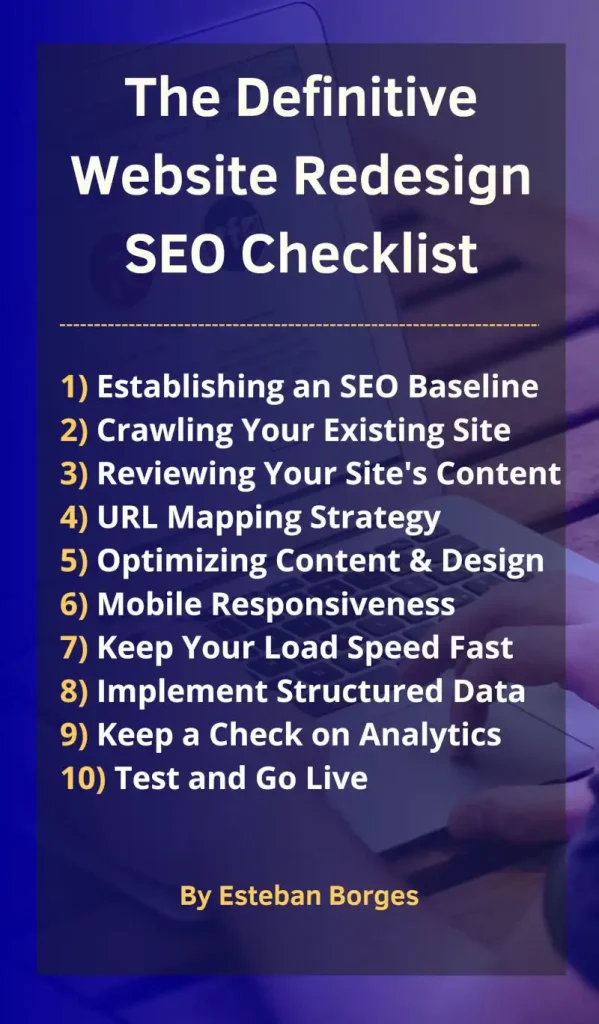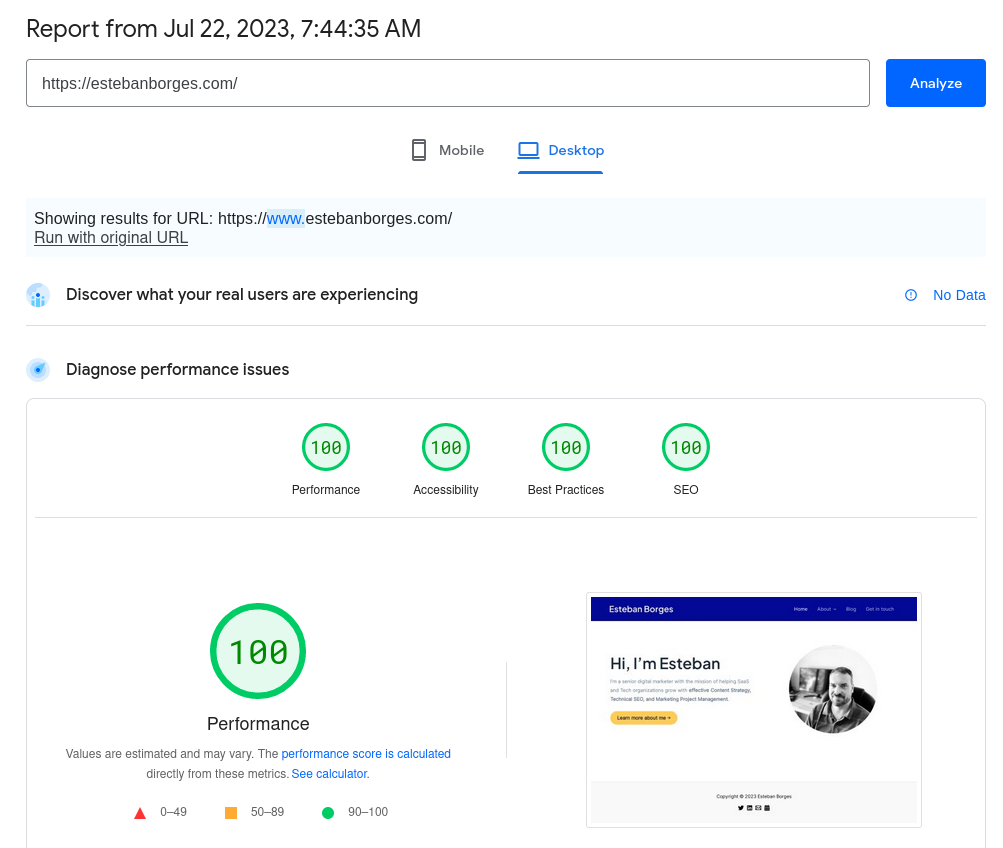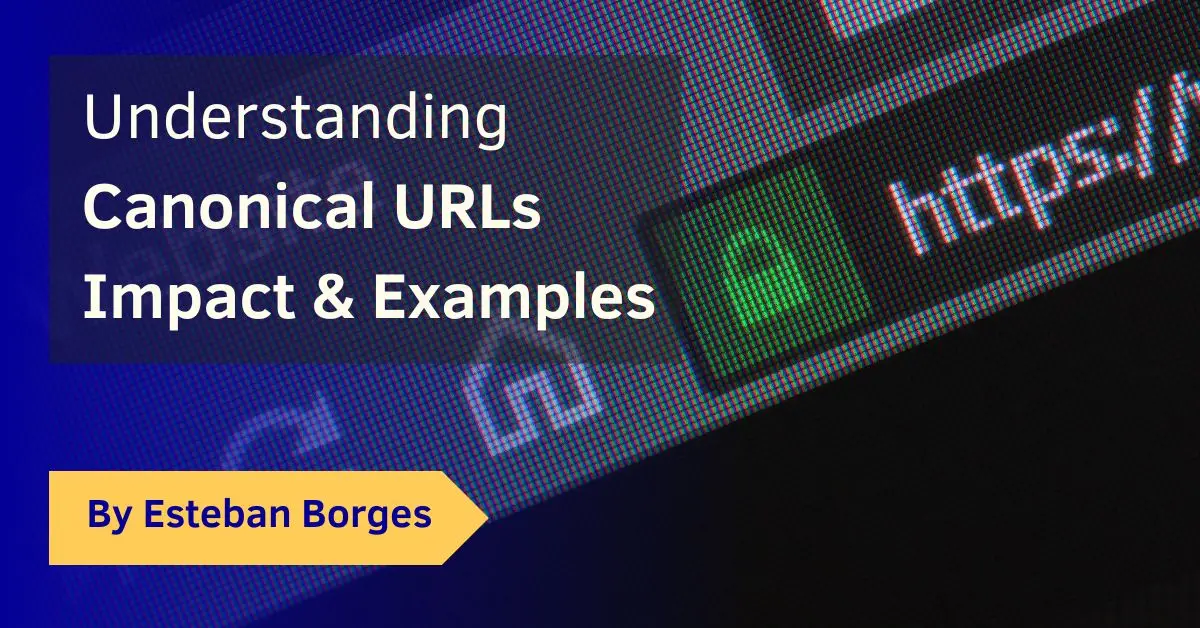Website Redesign SEO Checklist
In today’s digital landscape, a periodic refresh or total overhaul of your website is a necessity. However, during this process, it’s crucial not to compromise the search engine optimization (SEO) efforts you’ve been making. This is where a comprehensive technical SEO guide can support your website redesign.
A website redesign is a golden opportunity to enhance your site’s usability, accessibility, and overall performance. But without careful planning and execution, the benefits of a redesign can quickly be overshadowed by the detrimental impact on your hard-earned SEO. That’s why this website redesign SEO checklist will guide you step by step to ensure you’re striking the right balance between introducing fresh, engaging elements and preserving your website’s SEO integrity.
If you ever asked yourself how to keep SEO when changing website designs, how to properly redesign website without losing SEO positions, or if there’s an on-page SEO checklist that may help you during the redesign process of your website, you’ve just landed in the right place. Keep reading to take a deep dive into my website redesign SEO checklist.
Table of Contents
Understanding the Impact of Website Redesign on SEO
As we delve deeper into the in-depth aspects of our comprehensive website redesign SEO checklist, there are a few key questions that often arise in the minds of those contemplating a website overhaul: Does website redesign affect SEO? How do I redesign my website for SEO? What should be included in a website redesign? and How do I redesign my website without losing SEO?”
Let’s address these, one by one.
Yes, a website redesign can indeed substantially impact your SEO rankings. If not meticulously managed, it can result in a significant loss of organic traffic due to changes in content, URL structure, and design elements.
Redesigning a website for SEO involves maintaining the elements that are already working, such as high-performing content while improving aspects like site architecture, mobile-friendliness, and loading speed.
A website redesign should include an audit of your current website, clear objectives for the redesign, a thoughtful content strategy, technical SEO considerations like redirects and meta tags, and rigorous post-launch testing.
Redesigning your website without losing SEO involves careful planning, from taking inventory of your current high-performing pages, setting up proper redirects, preserving meta tags and keyword optimization, to monitoring performance post-launch.
The potential impact of a redesign on your SEO highlights why a comprehensive website redesign SEO checklist is crucial. Such a tool helps maintain, and even improve, your SEO ranking during the redesign process, ensuring a stronger online presence.

Top 10 Steps in a Site Redesign SEO Checklist for Optimal Results
Let’s deep dive into the website redesign SEO checklist:
Step 1: Establishing Your SEO Baseline
Before making any changes, gather your current SEO metrics. These include keyword rankings, organic traffic, bounce rate, and conversion rates. Use these benchmarks to compare your site’s performance pre and post-redesign.
Step 2: Crawling Your Existing Site
Using tools like Screaming Frog or SEMRush, perform a crawl of your existing site. This will give you a detailed view of your current website structure, including all URLs that search engines see.
Step 3: Reviewing Your Site’s Content
During a redesign, content can sometimes be deleted or moved without considering SEO. Review your website’s content and identify key pages and posts that drive organic traffic. Make sure these remain untouched or are properly redirected.
Step 4: Create a URL Mapping Strategy
With a complete list of your current URLs, create a redirection plan for each page. Your website redesign SEO checklist must include a strategy for 301 redirects, a way to tell search engines and users that a page has permanently moved.
Step 5: Optimizing New Content and Design for SEO
New content and design should align with your SEO goals. Ensure new pages follow SEO best practices in terms of keyword usage, meta descriptions, header tags, and more. Additionally, your design should consider user experience (UX) because Google takes signals from user interaction with your website.
Step 6: Focus on Mobile Responsiveness
Google has shifted to mobile-first indexing, making mobile responsiveness a critical factor for your SEO. Ensure your redesigned site offers a seamless experience across all devices.
Step 7: Keep Your Load Speed Fast
The loading speed of your website impacts your SEO ranking, as well as the overall user experience. Use tools like Google’s PageSpeed Insights to analyze and improve your site’s speed.
Step 8: Implement Structured Data
Structured data helps search engines understand your content better, improving your visibility in SERPs. Update or implement structured data during your redesign process as a key part of your Website redesign SEO strategy.
Step 9: Keep a Check on Analytics Tracking
Ensure your tracking codes are in place on the redesigned website. You’ll need this data to compare your redesigned site’s performance with the baseline established earlier.
Step 10: Test and Go Live
Before going live, test all aspects of your new website. This includes checking redirects, broken links, load speed, mobile responsiveness, and SEO elements. Once your new website is live, monitor its performance closely.

Now, let’s move on to a more detailed look at the steps.
Taking a Deeper Dive: Details Behind a Website Redesign and its Impact on SEO
Even with a meticulous website redesign SEO checklist, it’s essential to understand the details behind each step to ensure the utmost effectiveness.
Content Analysis
In the context of website redesign, content analysis should be a top priority. Identify the pieces that are performing well in terms of SEO. Do they rank high for certain keywords? Do they attract a significant amount of organic traffic? Make sure that these pages retain their URL structure and content to avoid a drop in rankings. There are a lot of website redesign examples that are not taking this into account, don’t do the same.
User Experience (UX)
A well-designed website not only attracts visitors but also keeps them engaged, reducing bounce rates, and increasing the time spent on the site. All of these factors contribute positively to SEO. With a redesign, there’s an opportunity to improve your site’s usability and navigability, thereby enhancing UX.
On-Page SEO
When creating or updating pages, make sure each follows on-page SEO best practices. These include using the targeted keyword in the title tag, meta description, headers, and throughout the content. Also, include relevant internal and external links.
Mobile Optimization
With mobile devices accounting for over half of the world’s web traffic, it’s more important than ever that your website is mobile-friendly. Google’s switch to mobile-first indexing underlines this importance, so make sure to test your website on various devices and browsers to ensure consistent performance.

Page Load Speed
Load speed directly impacts user experience and SEO. Slow websites may lead to higher bounce rates, which can negatively affect your ranking. Use tools like Google’s PageSpeed Insights and GTMetrix to analyze and enhance your site’s loading speed.

Implementing Structured Data
Also known as schema markup, structured data helps search engines better understand your site’s content, potentially leading to higher SERP visibility. It’s a more advanced aspect of SEO but can provide you with an edge over competitors.
Tracking and Analytics
Monitoring performance is a must during a website redesign. Make sure tracking codes for tools like Google Analytics are correctly implemented on your new site. Consistently tracking metrics like traffic sources, bounce rate, conversion rate, and time spent on the site can help you understand how the redesign has affected performance and identify areas for further improvement.
Post-Launch Monitoring and Tweaks
Once your redesigned website is live, consistently monitor and tweak it to improve its performance. You might observe a temporary drop in rankings, but with the proper SEO strategy, your site will recover and ideally exceed past performance levels.
Website Redesign Project Plan Template
A well-structured website redesign project plan template is essential to ensure a smooth redesign process. This template should encompass everything from initial analysis and strategy to design, development, testing, and post-launch activities.
When choosing a website to redesign, it’s vital to identify areas that need improvements and opportunities for growth. Are you looking to improve navigation, make your website more mobile-friendly, or perhaps optimize your website for search engines better? Knowing what you want to achieve with the redesign will guide your strategy and execution.
Inventory your high-performing content
These are the pages on your website that drive significant traffic, and have a low bounce rate or high conversion rate. Identifying them helps preserve the elements that work well for your SEO during the redesign process.
In addition to your website, it’s essential to consider your blog. Implementing a blog SEO checklist can help improve your blog posts’ visibility and ranking. This list should include optimizing your blog posts for keywords, using appropriate tags and categories, and integrating internal and external links.
The main objective is to upgrade your website without losing SEO. If you’ve followed the previous steps correctly, your new site should not only be more visually appealing but also more SEO-friendly.
Set Up Redirects and Use Google Search Console
Next comes the technical aspect of SEO – setting up redirects. This is a critical part of any redesign process. If you’re planning to change your website’s URL structure, ensure that you set up redirects correctly. This will help to avoid 404 errors and prevent any negative impact on your SEO.
Furthermore, using tools like Google Search Console can provide a wealth of data about your website’s performance. This tool can help you monitor your site’s traffic, optimize your ranking, and make informed decisions about the appearance of your site’s search results.
Final Considerations for a Website Redesign
In the final steps to redesign, it’s crucial to test every aspect of your site, from functionality and design to content and SEO. Use your website redesign project plan template to keep track of these components, ensuring that no detail is overlooked.
Ultimately, a comprehensive list of considerations for a website redesign should guide your redesign process. This includes considering your target audience, market trends, and your brand identity, among other factors.
Summary
A website redesign is not a one-and-done process. It’s an ongoing effort to maintain and improve your website’s visibility in search engines and its overall effectiveness. By leveraging this comprehensive website redesign SEO checklist, you’re taking a strategic step toward enhancing your online presence and reaching your business goals.
Consider investing in a robust Marketing Project Management tool to streamline your redesign process. And always remember, with SEO, patience is key. It might take time to see results, but rest assured, your efforts will pay off in the long run.
Further reading:



